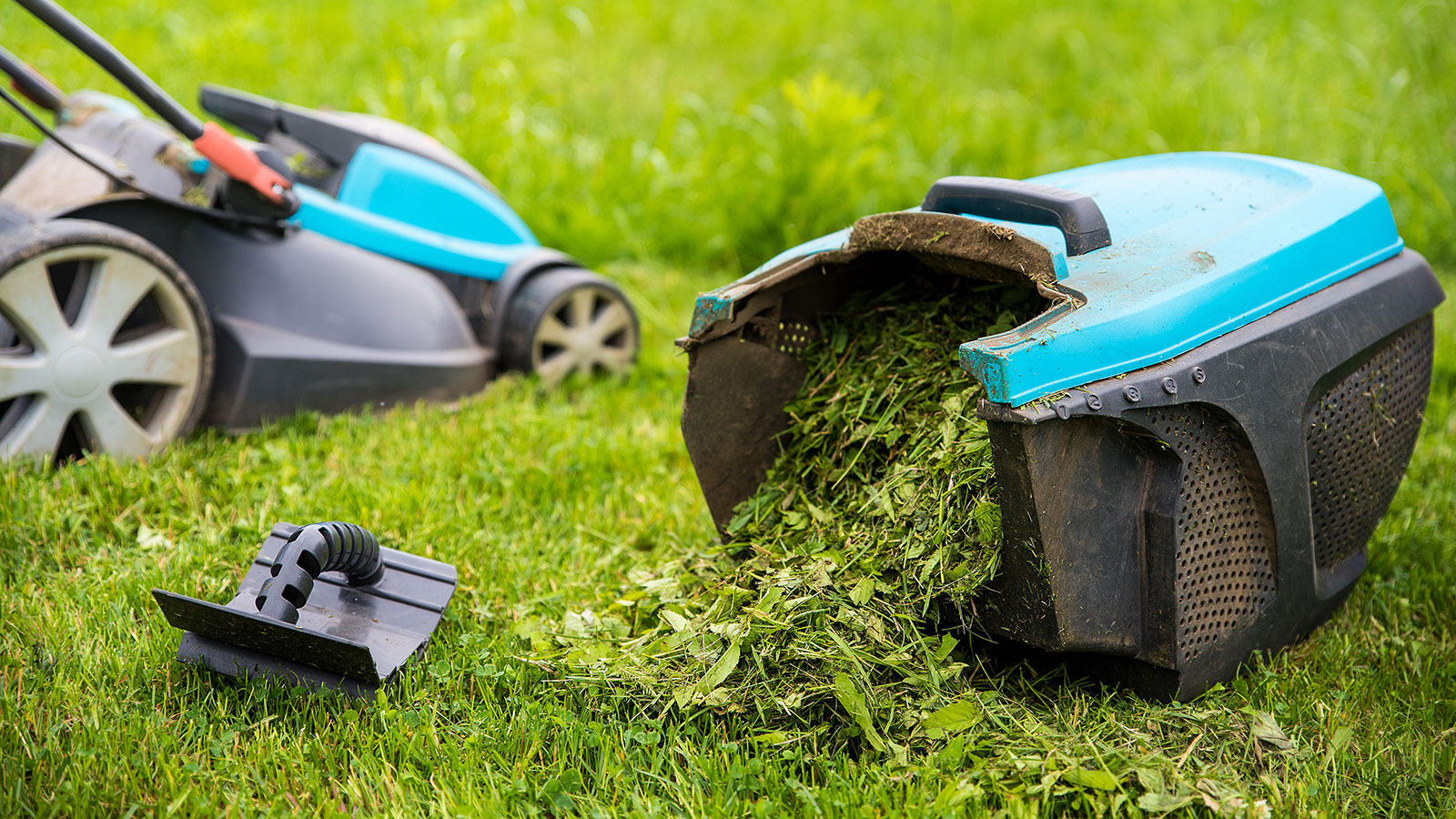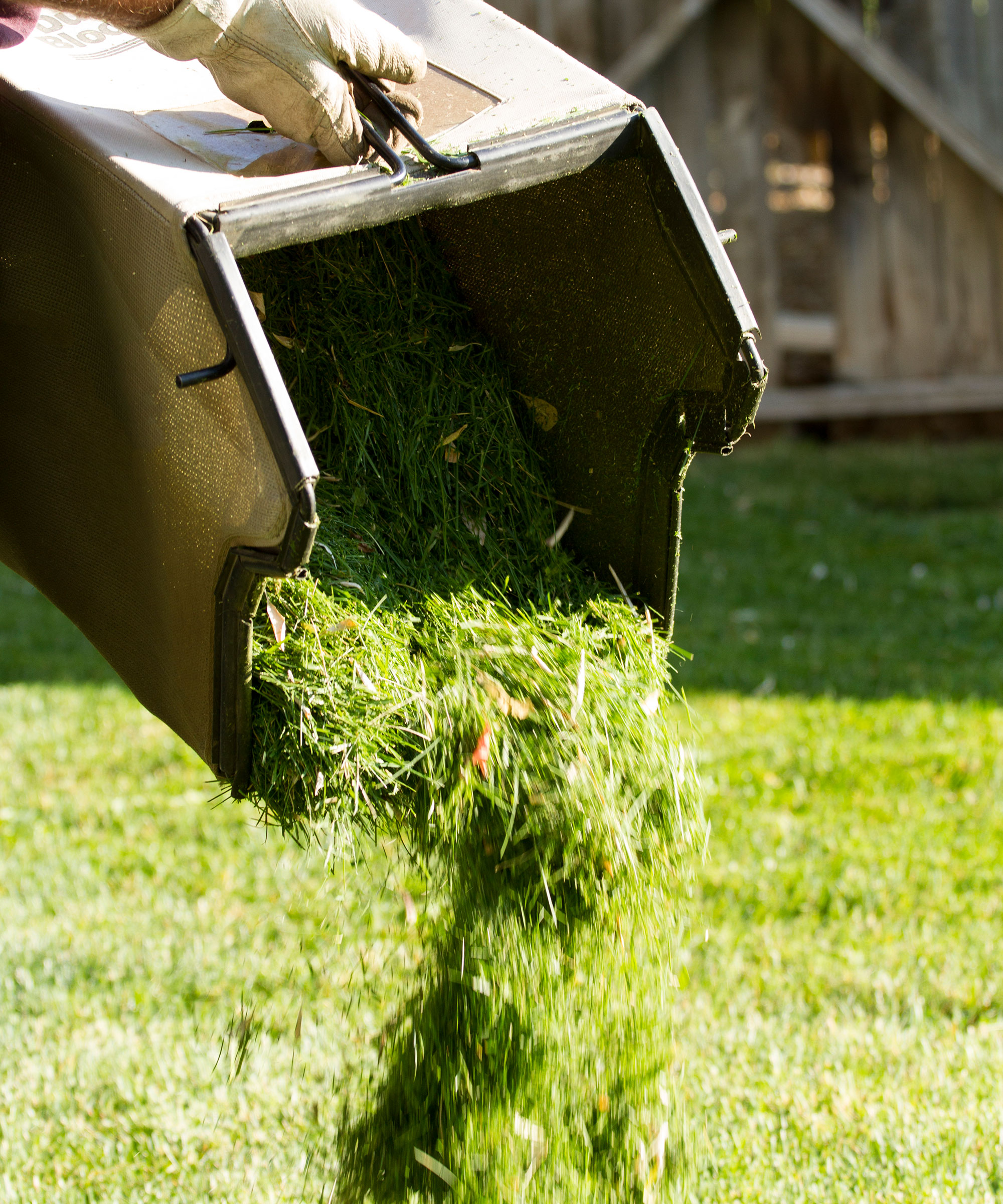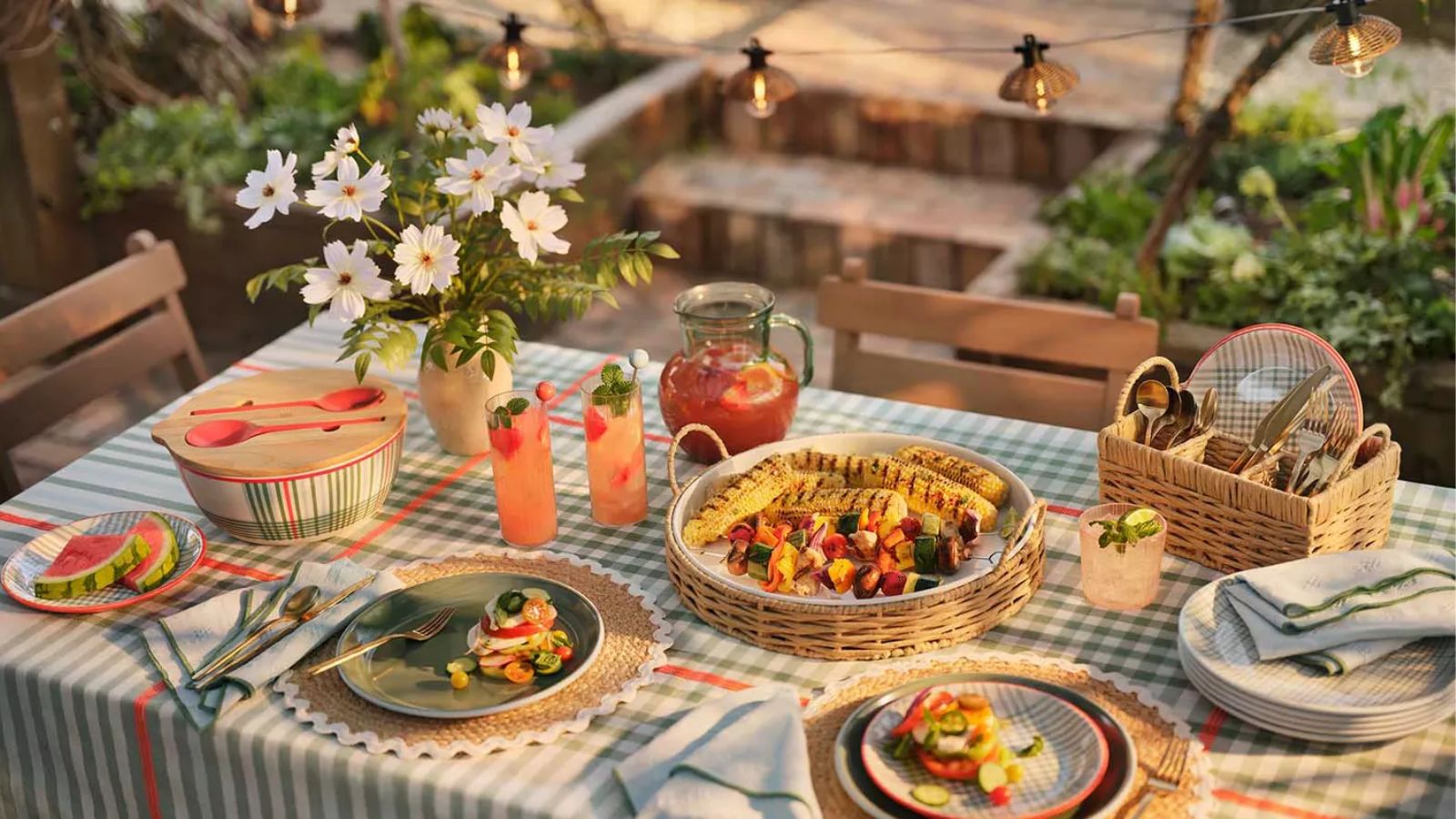Should I mulch my lawn with grass clippings? Lawn experts share their advice on the pros and cons
Mulching a lawn with grass clippings can potentially save you time, reduce the need for weeding, and improve results too


Mulching a lawn with grass clippings might not have crossed your mind before as something you could be doing, but it has the potential to be a real game-changer in terms of the health of your lawn.
Mulching is adding a layer of natural materials on top of borders, pots, under trees and on the lawn to suppress weeds, nourish the soil and help retain moisture. An effective way to return nutrients to the soil and improve plant growth, it can have great results, plus help to cut down dull, time-consuming tasks such as weeding and watering.
If this sounds like something you want to include in your lawn care routine, we’ve consulted leading experts to find out how it can yield fantastic results.
Benefits of mulching a lawn with grass clippings
Like any other plant, grass benefits from a dose of good nutrients and how better to do this than by using clippings as a type of mulch and letting the earthworms and elements do the work.
‘Mulching your lawn with grass clippings is a great way to save time and effort while taking care of your lawn,’ says Susan Brandt, co-founder of Blooming Secrets. ‘It can also help to reduce the amount of water you need to use and helps keep weeds at bay. Additionally, it can help improve the soil structure, meaning better grass growth in the long run.’
John Thomas, author of the Backyardgardengeek.com blog also agrees: ‘Mulching your lawn with grass clippings is one of the simplest, cheapest ways to improve your soil quality. As they break down, grass clippings will provide natural nutrients to your lawn, help improve soil quality, and reduce the need for chemical fertilizers.’
When it comes to ensuring the job is done efficiently John also has this advice. ‘You need to make sure your lawn mower chops those clippings up fairly well – and to never leave clumps of clippings lying around – or else you might unintentionally damage your lawn wherever too many clippings were left atop the grass.’
If you don't have a mower with mulching capability, this Worx WG779 40V Power Share 14" cordless lawn mower from Amazon gives you the option of either collecting your grass clippings in the bag or mulching them straight back into your lawn.

Adding grass clippings to your lawn can help to improve the overall soil quality
Potential problems
Whilst packed full of beneficial minerals, fiber and water, there are a few rules to follow when mulching a lawn with grass clippings.
Mowing wet grass and leaving as a mulch can do more harm than good, as the cut blades will clump firmly together. This lawn care mistake can prevent sunlight from getting through, stifling the plants below and leading to potential rot. A better option is to only cut grass when it's dry. If it is damp, make sure you rake over the clippings, separating the blades, and leave to dry out.
‘Mulching your lawn with grass clippings can be a great way to save money and add nutrients to the soil,’ suggests Lina Cowley, senior editor at TrimmedRoots.com. ‘However, it’s important to be aware of the potential risks associated with mulching, such as the spread of weeds and disease.’
Try to remove any persistent weeds such as bindweed or dandelions from the lawn before mowing and mulching, as the mower blades are likely to chop up the roots and spread them widely encouraging the plant spread.
‘Be sure to consider the type of grass you have, the amount of sun and shade your lawn receives, and other environmental factors that could affect how well mulched clippings perform,’ adds Susan Brandt.
Besides trapping in moisture and heat, a layer of grass clippings can be very effective at hindering air flow, creating the perfect environment for fungal diseases, blight and lawn powdery mildew to take hold . Unattractive and harmful to the health of the lawn, these can develop into unsightly yellow or brown patches if left.
Best time of year to mulch a lawn with grass clippings
Using lawn clippings as a mulch is a great way to reintroduce nutrients back into the lawn but it is a task best done during the peak growing period. Grass needs time at the start of the growing season to re-establish itself following its dormant period before it can benefit from any lawn fertilizing.
You should also stop mulching mid fall before the onset of any frost. This is mainly due to any fallen clippings acting as an insulator, which will prevent the grass from entering its natural hibernation and leaving it vulnerable to cold and icy conditions.
FAQs
Is it better to bag or mulch grass cuttings?
If you are cutting the lawn during peak growing season, it is definitely worth mowing regularly and leaving a fine mulch of clippings.
Reece L at Just Pure Gardening explains, ‘Mulching your lawn with grass clippings can be a great way to provide natural nutrients and reduce waste. Use a mulching mower and cut your grass frequently to ensure that the clippings are small enough to decompose quickly. Do avoid leaving large clumps of clippings on the lawn, as this can smother the grass and lead to a patchy look.’
Providing you take into consideration a few simple guidelines, mulching your lawn with grass clippings can have a number of advantages.
It can help to make your lawn green and thick by boosting the nutrients in the soil, as well as reduce the amount of time you need to spend weeding. It's a win-win way to make use of grass clippings in our book.
Sign up to the Homes & Gardens newsletter
Design expertise in your inbox – from inspiring decorating ideas and beautiful celebrity homes to practical gardening advice and shopping round-ups.

Journalist Jill Morgan has spent over 20 years writing and editing gardening, interior and property features. Titles she has worked on include The English Home, House Beautiful, Ideal Home, Houzz and Modern Gardens and she writes regularly for H&G as a Contributing Editor. Whilst she is a dab hand at renovation projects and DIY, she is happiest when out digging in the garden or planning a new border.
-
 Joanna Gaines’ new Target drop has everything you need for a stylish Easter weekend outdoors – I’m shopping her affordable pieces to prep for summer
Joanna Gaines’ new Target drop has everything you need for a stylish Easter weekend outdoors – I’m shopping her affordable pieces to prep for summerFrom dinnerware to lawn games and outdoor movie night gear, here’s what I’m shopping from Joanna Gaines’ latest Hearth & Hand drop at Target
By Charlotte Olby Published
-
 Do cleaning products expire? Professional cleaners warn time could make them ‘less effective, and in some cases, irritating to use’
Do cleaning products expire? Professional cleaners warn time could make them ‘less effective, and in some cases, irritating to use’For the best results, it pays to stay on top of the timeline of your cleaning products
By Chiana Dickson Published